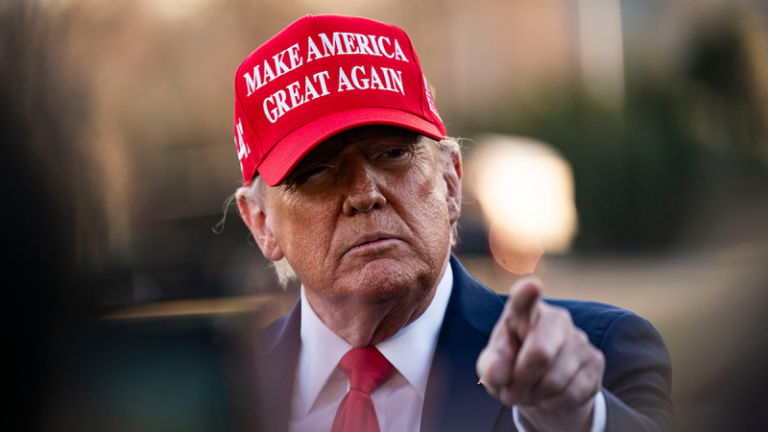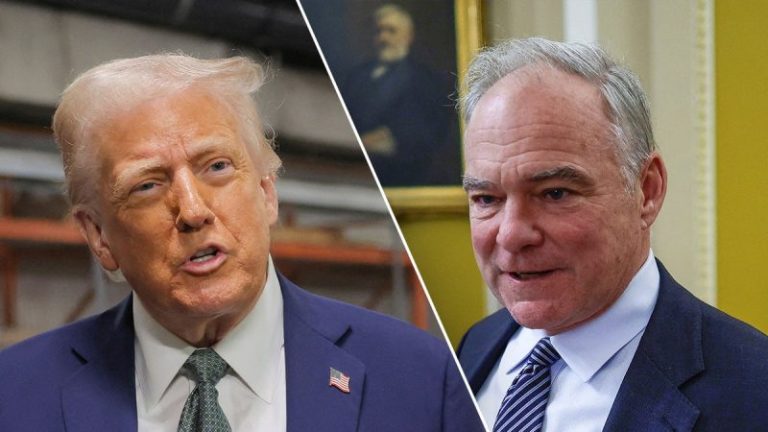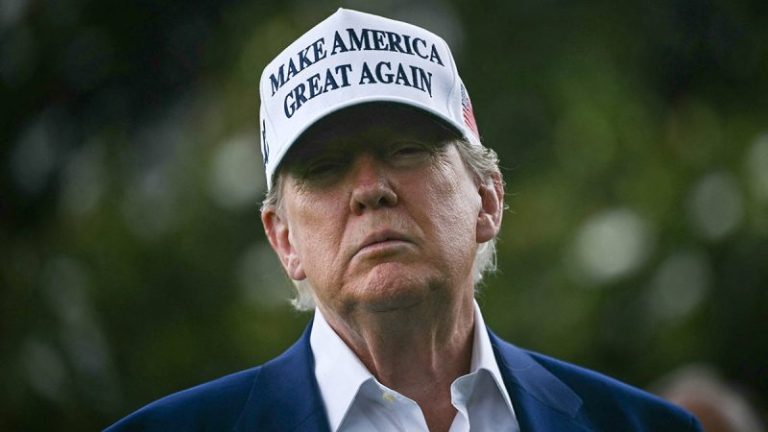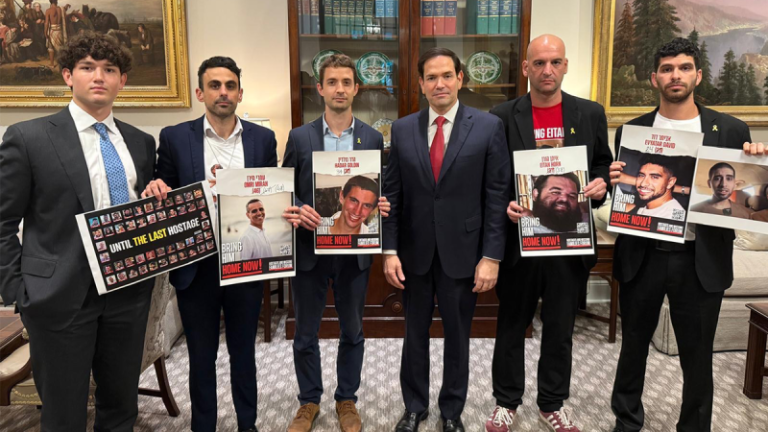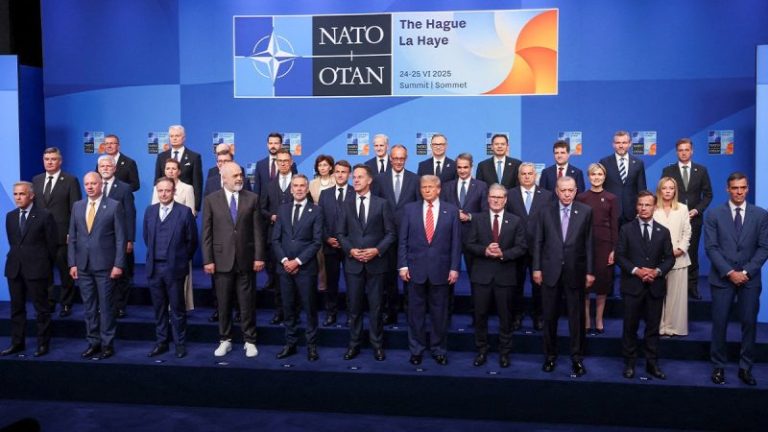Senate Republicans unveiled their long-awaited version of President Donald Trump’s ‘big, beautiful bill,’ but its survival is not guaranteed.
Senate Budget Committee Chair Lindsey Graham, R-S.C., revealed the stitched-together text of the colossal bill late Firday night.
The final product from the upper chamber is the culmination of a roughly month-long sprint to take the House GOP’s version of the bill and mold and change it. The colossal package includes separate pieces and parts from 10 Senate committees. With the introduction of the bill, a simple procedural hurdle must be passed in order to begin the countdown to final passage.
When that comes remains an open question. Senate Republicans left their daily lunch on Friday under the assumption that a vote could be teed up as early as noon on Saturday.
Sen. John Kennedy, R-La., told Fox News Digital that he had ‘strongly encouraged’ Senate Majority Leader John Thune, R-S.D., to put the bill on the floor for a vote Saturday afternoon.
‘If you’re unhappy with that, you’re welcome to fill out a hurt feelings report, and we will review it carefully later,’ Kennedy said. ‘But in the meantime, it’s time to start voting.’
But Senate Republicans’ desire to impose their will on the package and make changes to already divisive policy tweaks in the House GOP’s offering could doom the bill and derail Thune’s ambitious timeline to get it on Trump’s desk by the July 4 deadline.
However, Thune has remained firm that lawmakers would stay on course and deliver the bill to Trump by Independence Day.
When asked if he had the vote to move the package forward, Thune said ‘we’ll find out tomorrow.’
But it wasn’t just lawmakers who nearly derailed the bill. The Senate parliamentarian, the true final arbiter of the bill, ruled that numerous GOP-authored provisions did not pass muster with Senate rules.
Any item in the ‘big, beautiful bill’ must comport with the Byrd Rule, which governs the budget reconciliation process and allows for a party in power to ram legislation through the Senate while skirting the 60-vote filibuster threshold.
That sent lawmakers back to the drawing board on a slew of policy tweaks, including the Senate’s changes to the Medicaid provider tax rate, cost-sharing for food benefits and others.
Republican leaders, the White House and disparate factions within the Senate and House GOP have been meeting to find middle ground on other pain points, like tweaking the caps on state and local tax (SALT) deductions.
While the controversial Medicaid provider tax rate change remained largely the same, a $25 billion rural hospital stabilization fund was included in the bill to help attract possible holdouts that have raised concerns that the rate change would shutter rural hospitals throughout the country.
On the SALT front, there appeared to be a breakthrough on Friday. A source told Fox News that the White House and House were on board with a new plan that would keep the $40,000 cap from the House’s bill and have it reduced back down to $10,000 after five years.
But Senate Republicans are the ones that must accept it at this stage. Sen. Markwayne Mullin, R-Okla., has acted as the mediator in those negotiations, and said that he was unsure if any of his colleagues ‘love it.’
‘But I think, as I’ve said before, I want to make sure we have enough that people can vote for than to vote against,’ he said.
Still, a laundry list of other pocket issues and concerns over just how deep spending cuts in the bill go have conservatives and moderates in the House GOP and Senate pounding their chests and vowing to vote against the bill.
Republican leaders remain adamant that they will finish the mammoth package and are gambling that some lawmakers standing against the bill will buckle under the pressure from the White House and the desire to leave Washington for a short break.
Once a motion to proceed is passed, which only requires a simple majority, then begins 20 hours of debate evenly divided between both sides of the aisle.
Democratic lawmakers are expected to spend the entirety of their 10 allotted hours, while Republicans will likely clock in well below their limit. From there starts the ‘vote-a-rama’ process, when lawmakers can submit a near-endless number of amendments to the bill. Democrats will likely try to extract as much pain as possible with messaging amendments that won’t actually pass but will add more and more time to the process.
Once that is complete, lawmakers will move to a final vote. If successful, the ‘big, beautiful bill’ will again make its way back to the House, where House Speaker Mike Johnson, R-La., will again have to corral dissidents to support the legislation. It barely advanced last month, squeaking by on a one-vote margin.
Treasury Secretary Scott Bessent hammered on the importance of passing Trump’s bill on time. He met with Senate Republicans during their closed-door lunch and spread the message that advancing the colossal tax package would go a long way to giving businesses more certainty in the wake of the president’s tariffs.
‘We need certainty,’ he said. ‘With so much uncertainty, and having the bill on the president’s desk by July 4 will give us great tax certainty, and I believe, accelerate the economy in the third quarter of the year.’
This post appeared first on FOX NEWS

